Use Our Top 5 Spring Lawn Care Tips to Enjoy Lots of Beautiful Green!

by
Wet & Forget
(IC: professional)
Your lawn is one of the first things guests see when they come to visit, and also one of the first things you see every morning when you go outside. A healthy lawn adds a positive note to your home’s first impression, but a scraggly, patchy lawn can be a real eyesore. This winter has been difficult all around, including for your lawn. Help it start spring out the right way, so you can enjoy its lush greenness all summer! Read on to get our 5 best spring lawn care tips.
1. Rake
Use Our Top 5 Spring Lawn Care Tips to Enjoy Lots of Beautiful Green!
Enjoyed the project?
Published March 1st, 2016 12:13 PM



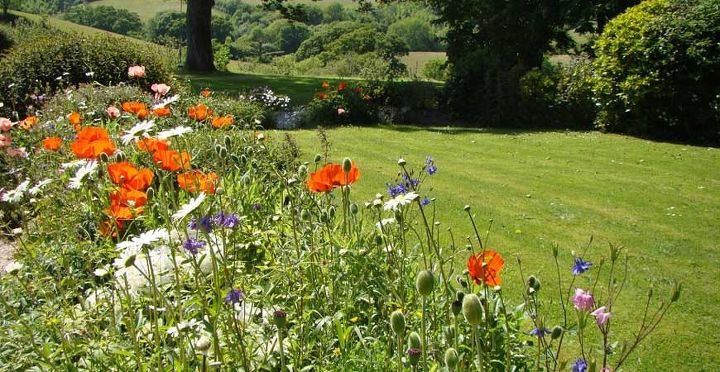


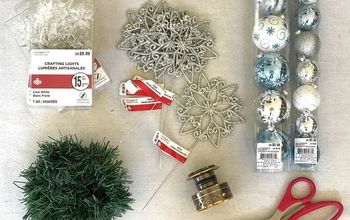
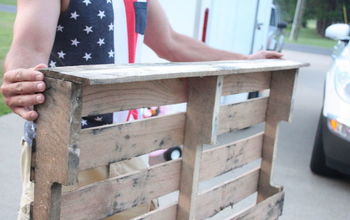






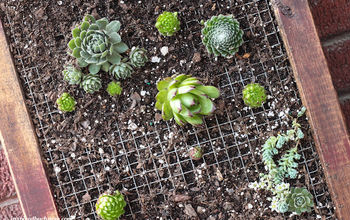









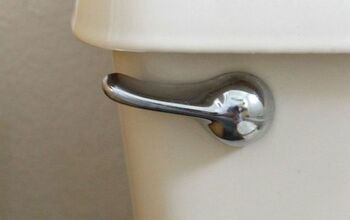

Frequently asked questions
Have a question about this project?